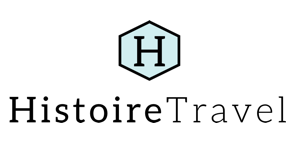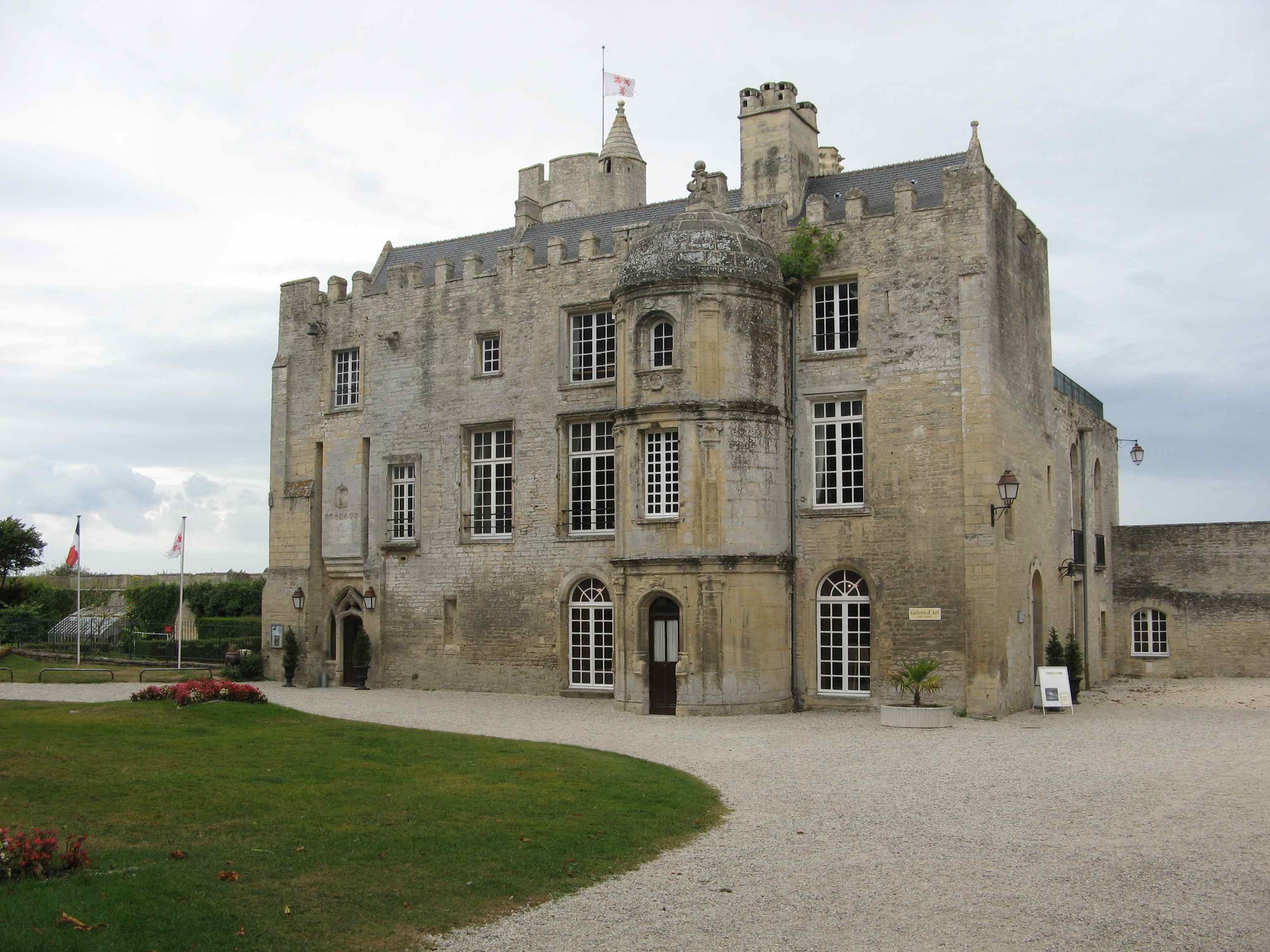Before going straight to Juno Beach, Henri thought we had enough time to make a stop at the medieval Château de Creully. We did not have enough time go to inside, but it was so nice to have a bit of a break from the intensity of the beaches. Château de Creully was originally built at the beginning of the 10th century. It expanded over centuries of use, mainly as a defensive fortress. During the Hundred Years War it frequently changed hands between the French and the English.
Starting on June 7, 1944, the BBC used one of the towers as a transmitter to report on the Battle of Normandy.
While the castle itself was quite beautiful, my favorite part was standing on the back terrace and looking out over the landscape. I’m not sure how much more fantastically pastoral you can get. Do you think the owner of this place would let me hang out, drink tea, and eat pastries at their place for a while?
We lingered around for a little and then made our way to Juno Beach in Courseulles-sur-Mer.
The beach was mostly deserted except for the four of us. By now it was late in the afternoon, the temperature was cooling and it was starting to sprinkle off and on, as if the grey clouds were taunting us.
Juno felt less dramatic than some of the other beaches we saw that day—there are no jagged cliffs jutting out or huge Mulberry harbors strewn across the sand.
But none of that diminished the experience. There were many signs and pictures explaining what happened that day and I was grateful to see them. I think they gave us a better understanding of the D-Day landings than all the other beaches combined (at least from what I saw/stumbled upon).
On D-Day it was the 3rd Canadian Infantry Division and 2nd Armoured Brigade’s missions to establish a bridgehead on Juno, contact the British 3rd Infantry Division on Sword, and join with the British 50th (Northumbrian) Infantry Division at Gold. From there, they were to capture the Carpiquet airfield and the Caen-Bayeux railway.
Battling a delayed start, rough seas, strong winds, and a barrage from the Germans, the Canadians successfully took Juno and began to move inland. They captured Carpiquet about a month later.
The 3rd Canadian Division sustained 340 casualties, 574 wounded, and 47 taken prisoner.
Here's a Canadian newsreel reporting on the Canadian involvement in D-Day.
After spending some time wandering around, we decided to take a quick look at the Juno Beach Centre. We did not have enough time to actually go through the exhibits, though. This was a theme of the day: not quite being able to see everything we wanted to see.
I fell in love with the monument, a bronze sculpture entitled “Remembrance and Renewal.” I later learned that the artist, Colin Gibson, is from the tiny (no stop lights!) town I used to live in. Small world.
I also loved seeing this inukshuk. If you haven’t seen one before, it is set of stones laid out in an iconic humanoid shape that serves as a landmark, place marker, or communication tool. The Inuit originally used them in Northern Canada and the Arctic for navigation, safe routes, hunting spots, memorials, etc. They have since spread throughout Canada and I’ve seen them a lot in people’s yards or on their mantles. You might have seen one or two during the 2010 Winter Olympics.
It was all a beautiful reminder of remembrance and home.
We all wanted to stay longer and actually see the museum, but Henri was insistent that we had to leave because we might miss the bunker. I was starting to get a little tired of the rushing and was wondering what was so great about this bunker museum anyway.
When we finally got there, however, Henri was right—as usual—and the bunker ended up being an ideal way to end the day. It was a highlight of the trip. But you will have to wait, because that’s for the next post.













